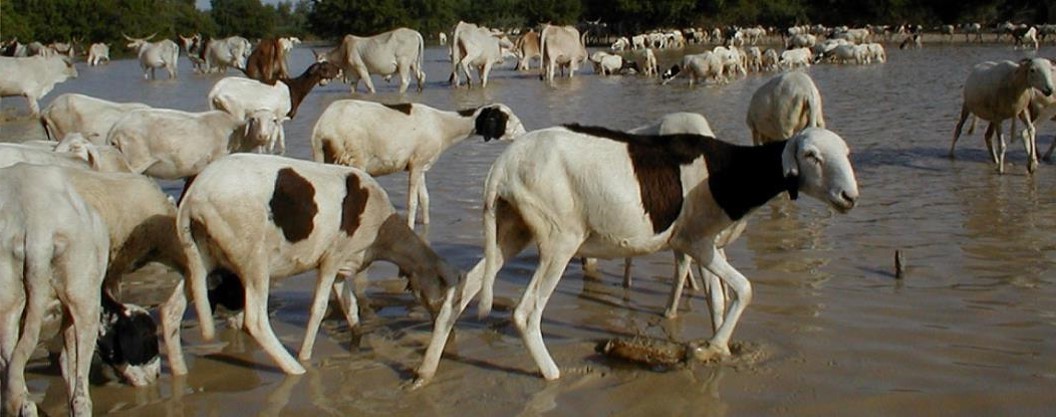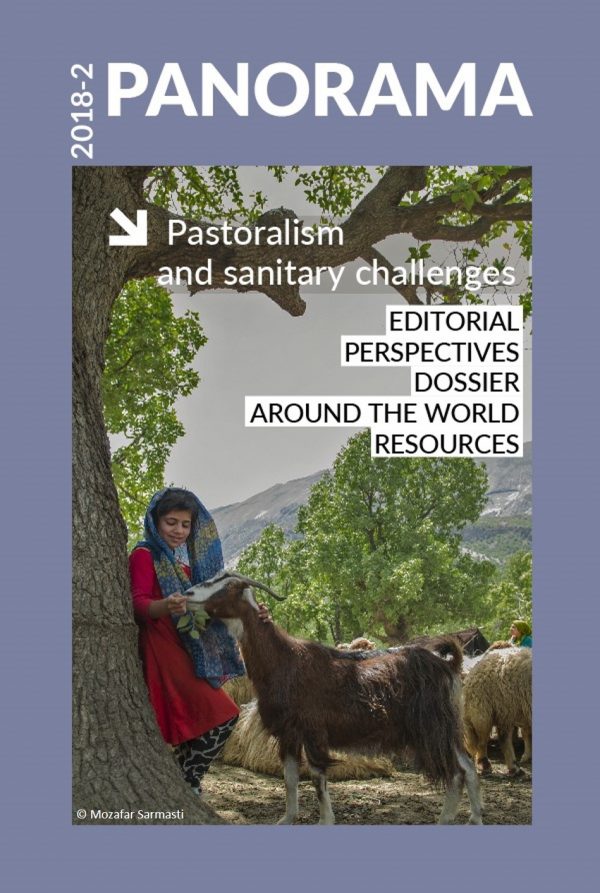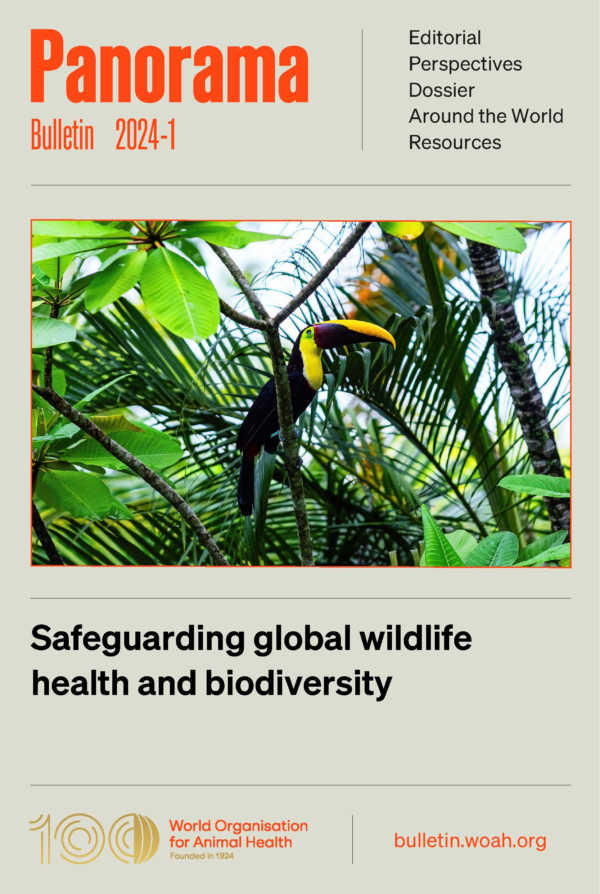Around the world Posted on 2019-02-05 11:29:32
Success stories
A pilot project to determine the most effective strategies to control and eradicate PPR
Keywords
Authors
Joseph Domenech, External Consultant, World Organisation for Animal Health (OIE)
Objectives
1) establish a PPR vaccine bank for Africa (component 1)
2) strengthen continental capacities in terms of quality control of PPR vaccines (component 2)
3) develop a pilot strategy to determine how to most effectively combat PPR in West Africa (component 3).
Component 1 was implemented in West Africa, component 2 throughout sub-Saharan Africa and component 3 in Burkina Faso and Ghana.
PPR affects almost 30 million small ruminants every year. The disease has sizeable negative socio-economic impacts on the income of livestock farmers and it affects a large number of countries in Africa, the Middle East and Asia. Eliminating the disease will result in improved productivity, food security and income generation and is key to poverty reduction.
Multiple small ruminant production systems exist. Animals can be raised in marginalised extensive production systems or by smallholders with limited access to services. PPR control strategies can therefore prove to be very complex. They require a good understanding of these production systems and the design of targeted, risk-based approaches that can be adapted to different contexts.
Vaccination is the major method used in PPR-endemic regions but, to be effective, the vaccination programmes have to cover a high percentage of the small ruminant populations and use a wide range of delivery systems.
To ensure that vaccination is effective, high-quality vaccines have to be made permanently and easily available. To meet this prerequisite, a PPR vaccine bank was created (component 1) and the laboratory capabilities to produce such high-quality vaccines were supported (component 2), particularly by strengthening the AU–PANVAC in order to regularly monitor and control all PPR vaccines manufactured in Africa, in accordance with OIE standards. A quality control strategy for PPR vaccines produced in Africa was developed [1].
In order to take the many epidemiological and socio-economic contexts into account, it was indispensable when implementing the VSPA project, and in particular its component 3, to increase the number of trials and to monitor and precisely evaluate the vaccination conditions in order to determine the effectiveness rate of the various vaccine delivery systems and define a scientifically sound control strategy.
Results
Within two years, a large amount of work was completed in the field and a substantial quantity of data was analysed.
The data and conclusions of the pilot strategy were used in the drafting of the Global Strategy for the Control and Eradication of PPR
From the results of these trials and using various vaccination delivery scenarios, the VSPA project enabled lessons and conclusions to be drawn, which made a crucial contribution to the Global Strategy for the Control and Eradication of PPR [2] being prepared by the OIE and FAO. This strategy was subsequently presented to and endorsed by the participants at the OIE/FAO International Conference for the Control and Eradication of Peste des Petits Ruminants (31 March–2 April 2015 in Abidjan, Côte d’Ivoire).
The implementation of the three components of the VSPA project was successful. It showed the importance of establishing a regional PPR vaccine bank and of strengthening AU-PANVAC’s leading role in supporting and managing a vaccine quality control strategy in Africa. Regarding the implementation of the pilot strategy (component 3), all expected results were achieved. The methods and strategic options, particularly for vaccination schemes, were tested and these tests made it possible to identify the factors which are important for the success or failure of PPR control programmes.
PPR can be controlled and eradicated and rapid results can be obtained at the national level and in some regions. Global eradication is a long-term objective.
PPR eradication can be used as a flagship strategy for controlling other small ruminant diseases and it must be based on strong Veterinary Services. The OIE will continue to support its Member Countries in developing the implementation of a PPR global eradication programme together with FAO as part of the GF–TADs programme (Global Framework for the Progressive Control of Transboundary Animal Diseases).
Acknowledgments
http://dx.doi.org/10.20506/bull.2018.2.2879
References
- Libeau G. & Mefomdjo P. (2014). – Quality control strategy for the peste des petits ruminants (PPR) vaccines produced in Africa. African Union – Pan African Veterinary Vaccine Centre (AU–PANVAC).
- World Organisation for Animal Health (OIE) & Food and Agriculture Organization of the United Nations (FAO) (2015). – Global strategy for the control and eradication of PPR.












